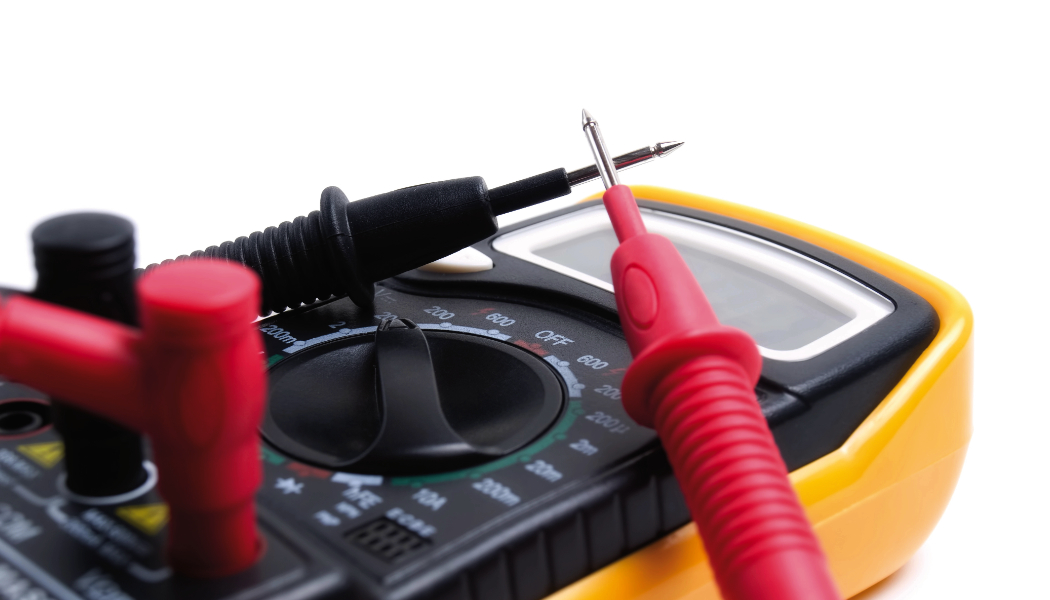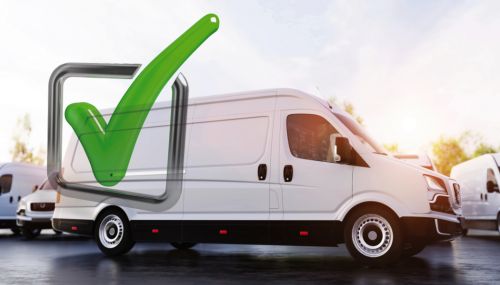All
Tools of the Deliverable Fuel Trade
by Rich Zalepa, Patriot Water Works

For problem-free service calls, don’t leave home without these basics
I can distinctly remember my 10th grade shop teacher saying that every job in the world is hard if you don’t have the right tools. I was reminded of this just yesterday when the Department of Transportation sent me new license plates for my vehicle.
When I went to swap them out, I found that the existing plates were fastened to the bumper with tamper-proof screws. Of course, I didn’t have the right tool to remove them, so I proceeded to waste 10 minutes, grumbling under my breath as I struggled. If I hadn’t been pressed for time, I could have run to the store to buy the correct tamper-proof bit, but life is busy.
It’s ok to cut corners and waste time on my personal vehicle by using the wrong tool for the job, but when it comes to work - where time is money, safety is key, and our businesses live or die by reputation – I will always have the right tool for the job.
Beyond the basic hand tools, there are a few pieces of equipment I take on all oil and propane service calls.
Oil Equipment
- Multimeter: There’s no substitute for a multimeter, regardless of the type of HVAC equipment you are working on. You can’t get through a no-heat call without one. If a call for heat from the thermostat isn’t prompting the system to respond, you can use a multimeter to determine why voltage from the thermostat isn’t reaching the primary control or zone control.
- Combustion analyzer: To ensure the highest level of efficiency and longest equipment lifecycle, the heating appliance must be operating at the combustion targets determined by the manufacturer. Use a combustion analyzer during burner setup to determine that flu gas contains the right mix of carbon monoxide, carbon dioxide and oxygen.
- Smoke tester: After setting your combustion targets with an analyzer, you must confirm clean combustion with a smoke tester. If the smoke tester indicates more than a trace of smoke, the burner is getting too much fuel or not enough air. You’ll need to go back to the analyzer to reconfigure combustion.
- Pump pressure gauges: If you’re experiencing intermittent flame loss, no ignition, or a loss of prime, pressure gauges should be used to determine if the pump is working. The most likely culprits are a bad seal or a worn impeller, but you won’t know to inspect these components if you can’t confirm that the oil pressure is below the pump rating.
Propane Equipment
Diagnosing issues on LP-fired appliances requires some of the same tools needed in oil-fired applications, but not all. Propane service techs need a combustion analyzer and a multimeter, but they don’t need pump pressure gauges or a smoke tester.
- Manometer: The one tool that’s unique to propane-fired equipment is a monometer. It is used to measure gas pressure (static, dynamic, and lockup), ensuring proper operation and safety and helps diagnose issues such as gas leaks, pressure drops, or airflow restrictions. They’re essential for adjusting and calibrating gas regulators or determining if a regulator is faulty.
Consumables
- Pilot assemblies and flame sensors: Almost everyone has run out of propane at some point. As embarrassing as it is, this can lead to several problems on standing pilot appliances, including soot buildup on the pilot assembly. It’s smart to carry an assortment of these parts on the truck.
- Regulator components: Regulators are generally very reliable, but with two of them installed at each of your LP customers’ property, you’ll eventually run into a faulty regulator. If you keep half a dozen different regulators on the truck, you’ll have a solution in roughly 80 percent of these applications. Regulator kits can also be purchased, which include a variety of springs for various gas pressures.
- Oil system components: Oil supply issues can vary based on the age of the oil tank, whether it’s installed indoors or outdoors, whether fuel was treated or not, etc. It’s prudent to carry filters, pump strainers and an assortment of oil nozzles on the truck.
Having the right tools on hand saves time and ensures the safety, efficiency, and reliability of appliances on every service call. By equipping yourself with the proper diagnostic and repair tools, you can confidently tackle any challenge in the deliverable fuel trade while keeping customers satisfied and systems running smoothly.
Rich Zalepa is Service Manager for Patriot Water Works. He has more than 20 years in the Plumbing/HVAC industry and a passion for hydronic heating systems.
Related Posts
 The Value of Providing Value
The Value of Providing Value
Posted on October 16, 2025
 2025-2026 Winter Weather Outlook
2025-2026 Winter Weather Outlook
Posted on October 16, 2025
 Gray, Gray & Gray 2025 National Energy Industry Survey Results
Gray, Gray & Gray 2025 National Energy Industry Survey Results
Posted on September 19, 2025
 New Burners Take on All Fuels!
New Burners Take on All Fuels!
Posted on July 28, 2025
Enter your email to receive important news and article updates.
